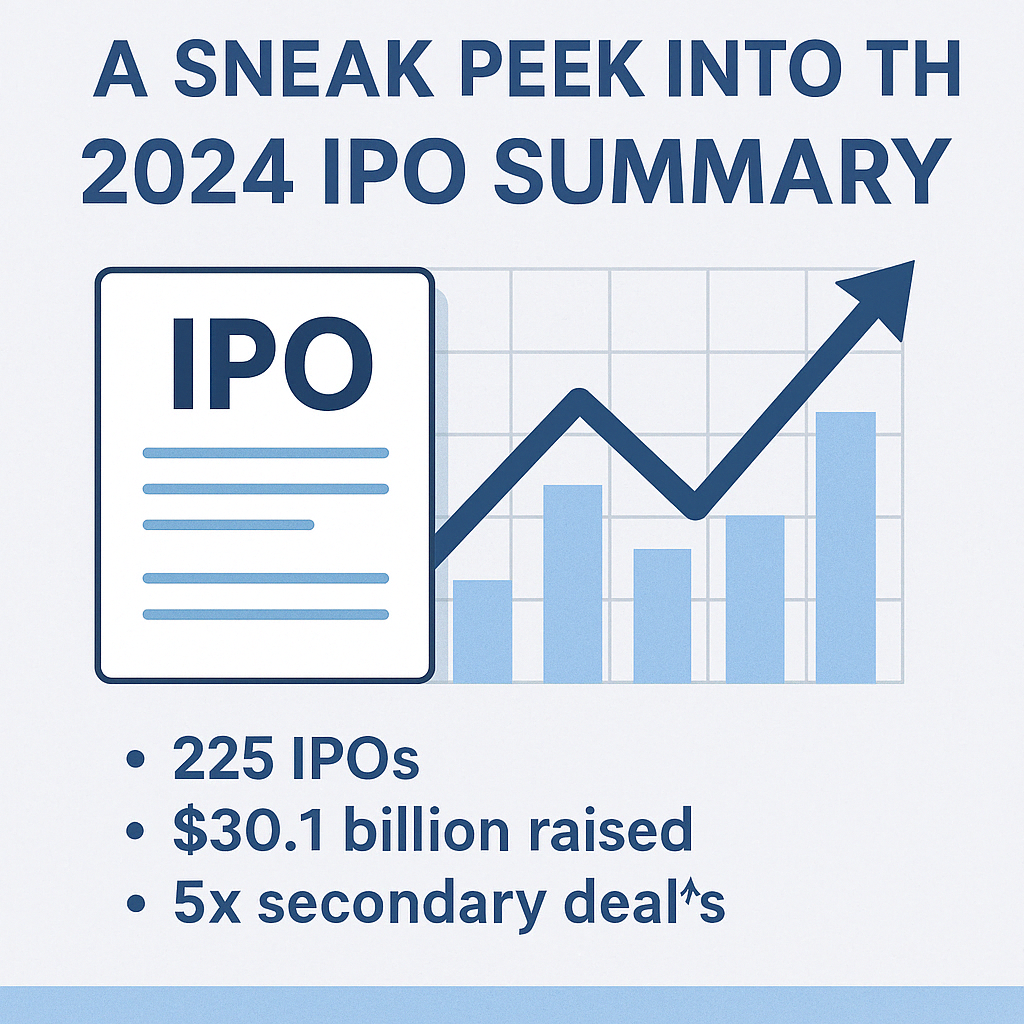The Accounting Standards Council issued FRS 115 (also known as IFRS 15) on 19 Nov 2014. FRS 115 is effective from annual periods beginning on or after 1 Jan 2018. Earlier application is permitted.
Objectives of FRS 115
The objective of IFRS 15 is to set out standards for recognition and measurement of revenues in contracts with customers and to simplify and consolidate the revenue recognition guidance found in IAS 18 and IAS 11, which are both superseded by IFRS 15.
According to IFRS 15, the standard applies to all contracts with customers except:
- Lease contracts within the scope of IAS 17 Leases;
- Insurance contracts within the scope of IFRS 4; and
- Financial instruments and other contractual rights or obligations within the scope of IFRS 9, IFRS 10, IFRS 11, IAS 27 and IAS 28.
- Contract-based revenue recognition. The parties to a contract have both approved the contract using practices that are customary such as in writing or orally.
- Commitment and intent to satisfy the contract. The parties to a contract have committed and intend to fulfill the contract obligations.
- Revenue is recognized when and as contractual performance obligations contract are fulfilled. The entity recognizing the revenue is able to identify each party’s rights related to the goods or services to be transferred.
- The amount of revenue is measured based on an allocation of the customer’s aggregate consideration. Payment terms for the goods or services to be transferred are identifiable.
- The entity expects future cash flows to change because of the contract. The contract has commercial substance.
- Collection of the entitled consideration from an exchange is considered to be probable. The carrying amount of an onerous performance obligation is increased based on the entity’s expected costs of satisfying that performance obligation, and a corresponding contract loss is recognized.
Transitioning to FRS 115
- The Full Retrospective Approach. This approach requires the entity to apply the new guidance to all contracts that existed in the periods presented on the financial statements as if the Standard had been applied form the inception of the contracts.
- The Modified Retrospective Approach. This approach requires that the entity account for the cumulative effect of the changes in the opening balance of retained earnings for the most current period presented.
Steps in Applying FRS 115
Identifying a Contract with a Customer
Contracts need to meet the following requirements for the purpose of applying the new standard:
- The contract has commercial substance;
- The parties have approved the contract and are committed (the contract is likely to be executed) to perform their respective obligations;
- The reporting entity can identify each party’s rights regarding the goods or services to be transferred; and
- The reporting entity can identify the payment terms for the goods or services to be transferred.
When the criteria for a contract are not met, any consideration received from a customer should be accounted for as a liability until one of the following occurs, after which revenue can be recognized:
- All goods or services have been provided to the customer, are substantially paid for by the customer and are nonrefundable;
- The contract has ended and consideration received is not refundable; or
- The criteria to be considered a contract have been subsequently met.
Identifying Separate Performance Obligations
Each good or service (or bundle of goods and services) is a separate performance obligation that is accounted for separately if that good or service (or bundle) is both:
- Capable of being distinct, i.e., the customer can benefit from the good or service either on its own or together with other resources that are readily available to the customer; and
- Distinct in the context of the contract, i.e., the good or service is not highly dependent on or highly interrelated with other goods or services promised in the contract.
Determining the Transaction Price
- The transaction price is the amount of consideration an entity expects to receive under the contract in exchange for transferring goods or services (excluding amounts received on behalf of third parties).
- Transaction prices are normally easily determinable but complexities may arise if the consideration is contingent on other factors or involves significant financing arrangements.
- The reason for this step is to require entities to only recognize revenue for performance obligations that are not subject to significant future reversals caused by uncertainties.
- This is an area that will require significant judgment and necessitate a review of an entity’s experience with similar types of performance obligations.
- When determining the transaction price, an entity must consider both the variable consideration and the time value of money.
Variable Consideration
The existence of discounts, refunds, rebates, contingencies, and other contractual instruments may cause the contract consideration to change. If the consideration in the contract is variable, and it is probable that revenue reversal will not occur, an estimate of the variable consideration should be made so that the consideration can be allocated to each performance obligation using only one of two methods:
- The Expected Value Method. Using this method, the entity must determine possible variations in consideration and weight them individually based on the probability of each occurring. The sum of these weighted amounts is the expected value.
- The Most Likely Value Method. Instead of weighting each possible variation in consideration, the entity may choose the most likely variation.
Time value of Money
When a contract extends more than one year, the transaction price must be adjusted for the time-value of money. In determining the effect of the time value of money on transaction prices, management must consider:
- The length of time between when the good or service is transferred and when the payment is received;
- If the transaction price would be substantially different if the customer paid cash when the goods or services were transferred, and
- The prevailing interest rate in the market and in the contract.
Allocate Transaction Price to the Separate Performance Obligations
After determining the multiple performance obligations of the contract, the transaction price will need to be allocated across the different elements of contract. If there is only one performance obligation, this step is unnecessary, but if there is more than one, the transaction price should be allocated to the separate performance obligations.
No Directly Observable Selling Prices
- The Adjusted Market Assessment Method. This method frames the issue in the economic perspective of the customer. Implementing this method would cause an entity to ask itself, “What is a customer in this market willing to pay for this good or service?”
- The Cost-Plus Method. This approach utilizes the readily available reference point of product or service costs. An entity determines the cost for producing a good or rendering a service and adds a margin on top of that.
- The Residual Method. The entity determines the standalone selling prices for all of the other underlying goods and services except the one for which there is no directly observable price. The remaining consideration, after subtracting the standalone selling prices of the other underlying goods and services from the transaction price, is attributed to the good or service for which there is no directly observable price.
Recognise Revenue based as each Performance Obligation is Satisfied
- Revenue resulting from the contract can only be recognized as each performance obligation is completed and in the amount of the transaction price that was allocated to each particular performance obligation.
- Understanding the timing of each performance obligations is important because the way in which performance obligations are completed affects revenue recognition.
- Performance obligations can be completed in one of two ways – they can be completed at a single point in time or over time.
Recognition at a single Point
If a performance obligation is completed at a single point in time, revenue for that performance obligation may be recognized immediately upon completion. This happens most often when goods are being delivered to the customer. For example, if a good is being shipped to a customer with terms of FOB shipping point, the good is considered to be delivered to the customer at the moment that the truck leaves the company’s docks.
In order for revenue to be recognized, control of the good – including the risks and rewards of ownership – must be transferred to the customer. This means that even if an asset is sitting in the seller’s warehouse and the customer has legal title to that asset (meaning that the customer has paid for and is entitled to the asset), control of the good has been transferred.
Recognition over a period of Time
A performance obligation is considered to be completed over time if it meets one of the following criteria:
- The customer is receiving and consuming the benefits of the seller’s performance as the seller performs.
- The seller creates or enhances an asset that the customer controls as it is created or enhanced.
- The asset created by the seller does not have an alternative use and the seller has a right to payment for performance completed to date.
If the performance obligation satisfies one of these criteria, then revenue must be recognized over time as progress is made in completing the performance obligation.
Estimating Progress Towards Completion
An entity can use two methods to assess progress made toward completing the performance obligation that guide revenue recognition:
- The input method. Progress is measured by what inputs or efforts the company has made toward completion of the performance obligation.
- The output method. Progress is measured by what outputs or results that the company has delivered to the customer so far.
Incremental Costs of Obtaining a Contract
The incremental costs of obtaining a contract (e.g., a sales commission) are recorded as an asset, if the entity expects to recover those costs.
As a practical expedient, these incremental costs can be expensed if the amortization period would be one year or less.
In general, costs that would have been incurred whether or not the contract was obtained should be expensed when incurred.
Costs to Fufill a Contract
An entity should record an asset for the cost of fulfilling a contract only if all the following criteria are met:
- The costs relate directly to a contract (or an anticipated contract).
- The costs relate to resources the entity will use to satisfy performance obligations in the future.
- The costs are expected to be recovered.
Disclosures
IFRS 15 requires enhanced disclosures to assist the users of financial statements to understand the amount, timing and uncertainty of revenue and cash flows.
The Standard requires both quantitative and qualitative information in three broad areas:
- Contracts with customers;
- Significant judgments and changes in judgments made when applying guidance in the Standard to contracts with customers; and
- All assets recognized from the costs to obtain or fulfill a contract.
Information about Judgements
Examples of significant judgments that may be required to apply IFRS 15 include:
- Selecting the method of transition to IFRS 15;
- Identifying whether a contract exists and falls under IFRS 15;
- Distinguishing between separate performance obligations;
- Determining a transaction price and considering the factors that could affect it;
- Allocating athe transaction price to separate performance obligations;
- Determining when a performance obligation is complete;
- Determining how much work has been done on a performance obligation;
- Recognizing revenue to reflect the completeness of a performance obligation; and
- Determining how to disclose the appropriate material in order to enhance the understandability, relevance, and reliability of the financial statements.
For more information pertaining to the implemnentation of FRS 115, please refer to this bulletin issued by the accounting standards council of Singapore.
Related Posts
Singapore Budget 2021 – Others
NAVIGATION Enhancement of Electric Vehicle (EV) Early Adoption Incentive (EEAI) Transitional Offset Measures for Vehicles…
Singapore Budget 2021 – Individuals and Households
NAVIGATION Individual Income Tax Rate GST Voucher (GSTV) – Cash Special Payment GST Voucher (GSTV)…
Singapore Budget 2021 – Goods and Services Tax (GST)
NAVIGATION GST Rate Imposition of GST on Imported Low-Value Goods Change of Basis for Determining…
Singapore Budget 2021 – Corporate and Business
NAVIGATION Corporate Income Tax (CIT) Rate Extension and Enhancement of the Carry-Back Relief Scheme Extension…












